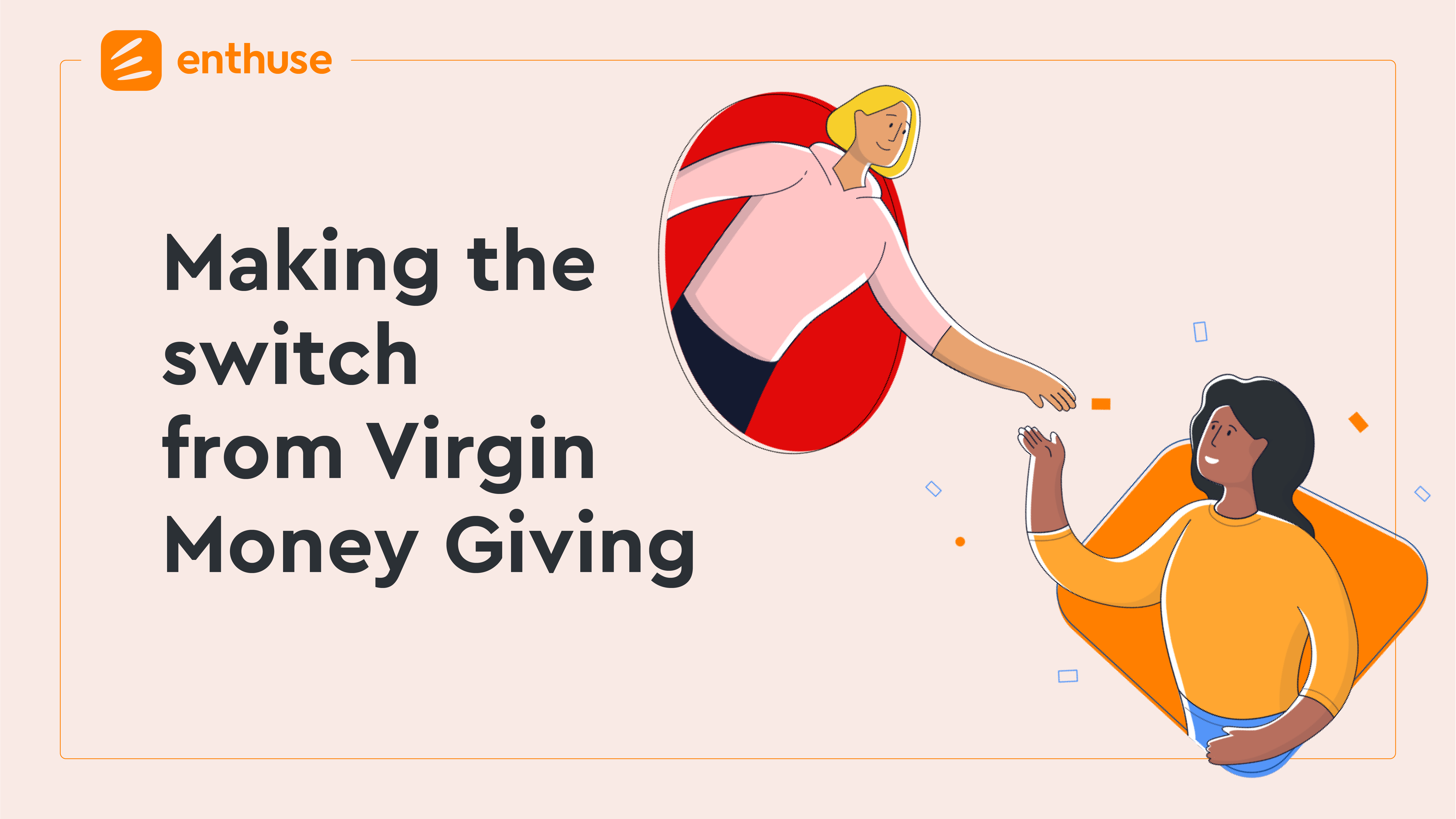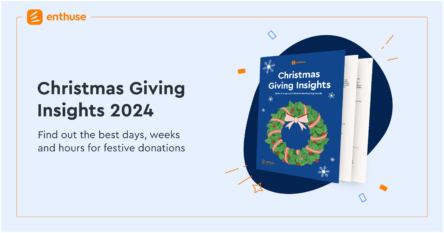
The confirmation of Virgin Money Giving’s imminent closure in November has come as unfortunate news for the entire sector. It was the first company to provide competition for JustGiving in a sector that needs and deserves innovation and breadth of choice.
But we have to remember it’s always the people rather than the brand itself that suffer in these scenarios. The people working at charities who use Virgin Money Giving as their fundraising platform now have to act swiftly to move to a new provider that is right for them. This switch of course means addressing some challenges along the way, such as what to do with existing fundraising campaigns that will run past November and how to migrate supporters so recurring donations do not lapse.
Putting fundraising first
This isn’t the first time we’ve seen big companies with non-core business leave the market. It wasn’t long ago we saw the same from BT MyDonate – so it’s frustrating to see a similar situation play out again so soon. There is also the risk of large corporations divesting assets even if fundraising is core to business. The closure of everydayhero by Blackbaud is a recent example of that. Fundraising deserves to be core business and it’s time for alternative approaches outside of large corporations to drive the next generation of fundraising.
So, with that in mind, what should charities be looking for in a digital fundraising partner and what questions should they be asking to ensure they make the right choice?
5 tips for picking the perfect partner
#1 Choose a platform that puts you in control of your data
Ownership of data is crucial. Who owns the data? That’s something many charities will be asking themselves in light of Virgin Money Giving’s closure. Charities need to be owning those relationships. Selecting a fundraising platform that ensures all data is accessible, fully transparent, and GDPR compliant is a must. Charities should also seek assurance that these vendors will not retarget donors with communications for other campaigns, bombarding people at a time when they may already be overwhelmed with requests to give.
#2 Select the fee model that works best for you and your supporters
There are multiple different fee models across the various digital fundraising platforms on offer and not all of them provide a breadth of choice. That’s why it’s important for charities to take a second to step back and consider what pricing works best for them and indeed their supporters.
A fixed fee model is best suited to charities who want the security of knowing exactly how much their fundraising tech is costing them each month, to help them with their planning and reporting. If you’re content to allow for a certain level of flexibility – and want to give supporters a breadth of choice in how they interact with your cause – then a tipping model that gives donors the option to leave a voluntary tip might be a better fit. Charities will need to decide which platform offers the fee model they’re looking for now as well as which ones offer alternative models, should they want to change tact.
#3 Consider whether the platform looks and feels like the rest of your site
Will your charity have its brand front and centre? We know from our quarterly Donor Pulse research that 46% of people who couldn’t remember the name of the charity they last donated to cited the branding not being clear enough as the main reason. The research also shows that there is a 15% difference in recall between those that donate directly to the charity (78%) and those who go through a consumer giving platform (63%).
To foster brand recall and long-term donor relationships, charities need to have their branding in the spotlight, not on the sidelines – so they know supporters will remember who they gave to and why. With fundraising increasingly happening online, it’s more important than ever that fundraising, donations and events pages are branded for the charity and not the vendor.
#4 Think about the tools you need
Before picking a platform, charities need to assess exactly what it is they need for their digital fundraising strategy. Are they just looking for fundraising pages or would they like to be able to process donations online through the website as well? Virtual events have also been a key fundraising tool since Covid hit – so is this something the provider can offer and would they be able to run the registration process as well? Details like this could be the difference in managing one vendor relationship and managing several.
#5 Ensure the platform makes it easy for fundraisers and donors to make the switch
Convenience is king and that is certainly true for migrating supporters from one platform to another. Fundraisers and donors need the situation clearly explained to them with a simple solution offered. Without this, the risk of inaction on their part and the chance that potential recurring donations will be lost or repeated increases.
The ability to move ongoing fundraisers over and to keep those funds is crucial, as is the ability to seamlessly switch recurring donations to a new platform. It’s key that charities are asking those questions of platform providers.
Next steps when transitioning away from VMG
The next step for charities has to be tip #5: communicating the move from Virgin Money Giving to a new fundraising platform.
We know this is a challenging and busy time for charities, so we’ve created a switching package with pre-made template emails to send to customers to explain how to transfer recurring donations and migrate existing fundraising pages, primed and ready for when you need it.
If you’re looking to make a seamless switch from Virgin Money Giving, reach out to our helpful team of Enthusiasts who can walk you through how we can migrate your donors and fundraisers.









